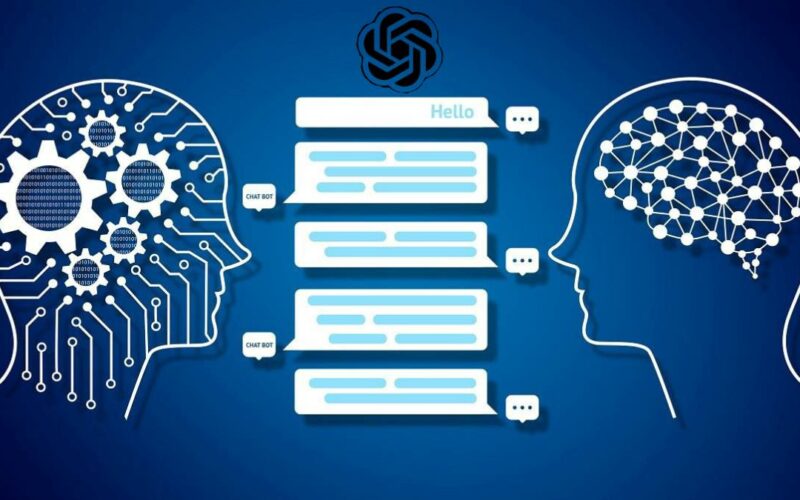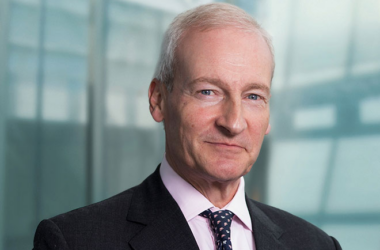On Monday, OpenAI unveiled a new AI model alongside a desktop iteration of ChatGPT, accompanied by a refreshed user interface, marking the organization’s latest endeavor to broaden the utilization of its widely-used chatbot.
The update heralds the arrival of GPT-4 to all users, including those on OpenAI’s free tier, according to Mira Murati, the company’s technology chief, during a live-streamed event. Murati highlighted that the new model, GPT-4o, boasts significant speed enhancements and augmented capabilities across text, video, and audio domains.
“This represents a significant leap forward in terms of user-friendliness,” Murati remarked.
Backed by Microsoft, OpenAI has garnered a valuation surpassing $80 billion from investors. With its foundation in 2015, the company faces the dual challenge of maintaining its dominance in the generative AI sector while devising revenue streams amidst substantial investments in processors and infrastructure for model development and training.
Moreover, the upgraded model enhances ChatGPT’s quality and speed across 50 languages, and it will be accessible via OpenAI’s API, enabling developers to commence application development using the new model immediately. GPT-4o is reported to be twice as swift and half the cost of its predecessor, GPT-4 Turbo.
During the event, OpenAI team members showcased the new model’s audio capabilities, soliciting assistance in alleviating pre-speech nerves. Mark Chen, an OpenAI researcher, emphasized the model’s ability to gauge user emotions and adapt responses accordingly, even accommodating interruptions. The team also demonstrated the model’s capacity to analyze facial expressions and provide corresponding emotional commentary.
OpenAI’s latest model can also serve as a translator, including in audio mode, facilitating multilingual conversations. Additionally, the team exhibited the model’s prowess in solving math problems and aiding in coding tasks, positioning it as a formidable competitor to Microsoft’s GitHub Copilot.
This announcement stands as one of OpenAI’s most significant since the launch of ChatGPT Enterprise in August, catering to businesses. The development of ChatGPT Enterprise involved collaboration with over 20 companies spanning various sectors, according to OpenAI COO Brad Lightcap.
OpenAI, alongside Microsoft and Google, leads the charge in a generative AI boom, as companies across diverse industries rush to integrate AI-powered chatbots and agents into critical services to remain competitive. Despite the surge in investment and innovation, concerns persist regarding the rapid introduction of untested services and the perpetuation of biases inherent in the technology.
Since its launch in November 2022, ChatGPT has rapidly ascended, boasting approximately 100 million weekly active users and finding adoption among over 92% of Fortune 500 companies.
Murati reiterated OpenAI’s commitment to demystifying the technology during the event, promising widespread availability of the new capabilities in the coming weeks.
In closing, Murati extended gratitude to Nvidia CEO Jensen Huang and the Nvidia team for furnishing the advanced graphics processing units (GPUs) crucial to powering OpenAI’s technology.
“I want to express my gratitude to the incredible OpenAI team, and also extend thanks to Jensen and the Nvidia team for providing us with the most advanced GPUs to make this demonstration possible today,” she remarked.








